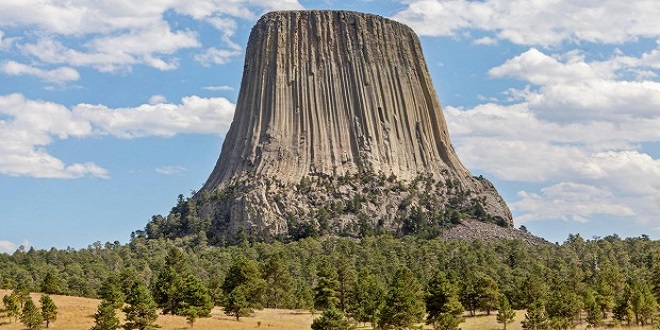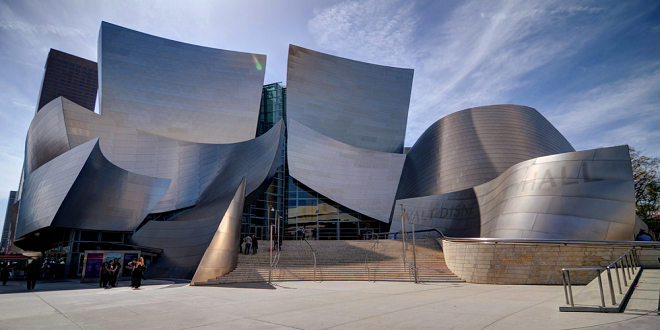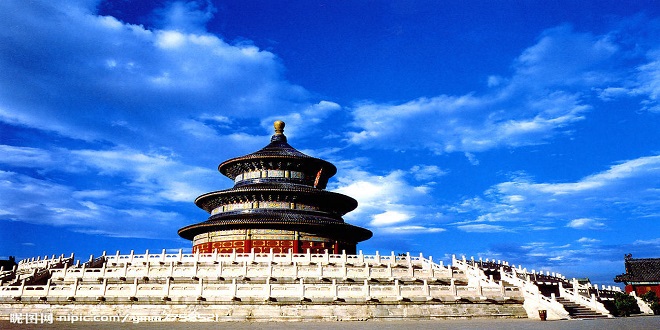Devils Tower vs Uluru – A strange and controversial first monument

In the world of really big rocks, Devils Tower might not be the biggest (and neither is Uluru), but it’s extraordinary, up to reaching tree-stump profile consistently attracts and amazes admirers
Devils Tower, an imposing stack of rock that stands guard over Wyoming’s the Black Hills, is one of nature’s finest sculptures. The soaring monument, formed some 50–60 million years ago from magma that was forced up from beneath the earth’s surface, was originally concealed by a layer of sedimentary sandstone and silt. Erosion over millions of years wore away this material to reveal the geological marvel we see today – a flat-topped monolith made up of hexagonal columns that look like a cluster of giant pencils standing on end. The rock is sacred to the area’s indigenous people, who believe its many rifts and channels to be the ancient claw marks of a giant bear. Devils Tower might not be as large as Uluru, but it certainly vies with Australia’s fabled red rock when it comes to spirit-stirring allure.
FORGET ULURU?
THE BUILD-UP
Uluru (also known as Ayers Rock) is Australia’s most recognizable natural feature. As impressive as its 1,140-ft (348-m) height and 6-mile (10-km) circumference are, it’s even more astounding to think that most of its bulk lies underground. Uluru’s sandstone surface changes shade throughout the day, glowing a dazzling, fiery red at sunset.
THE LETDOWN
Although the great red rock is still a popular tourist attraction, visited by around 350,000 people every year, climbing Uluru is now officially discouraged. The local Anangu people have a spiritual connection to Uluru and ask visitors to respect their beliefs and culture. While in 1990 about 74 percent of visitors followed the chain handhold to make the hour-long climb to the summit, today only about 38 percent of people attempt the climb.
GOING ANYWAY?
If you still want to visit Uluru, then do so with a purpose other than climbing it. Photograph the rock from a distance, visit the Cultural Centre to discover the richness of Anangu history, culture, language, and religion, walk around the rock’s enormous base or participate in a ranger-guided walk.
PRACTICAL INFORMATION
Getting There and Around
From Gillette, where there is a regional airport with connecting services to major airports, the best way to get to Devils Tower National Monument is to rent a car and take Highway I-90 east to Moorcroft. Devils Tower is only 30 miles (48 km) north of here.
Where to Eat
One of the best restaurants in Hulett, which is 9 miles (15 km) to the north of Devils Tower, is Ponderosa Café and Bar known for its tasty steaks and prime rib.
Where to Stay
There are several places to stay in Hulett, but for a more atmospheric experience, head to Devils Tower Lodge which has four rooms and a hot tub. At just 700 yards (640 m) away from the tower, this is a great place to watch the moon rise over the rock or see it bathed in light at sunrise.
When to Go
Devils Tower National Monument is open all year, but the visitor center is only open from mid-April to November. Visitors are asked not to climb the tower in June when tribal ceremonies take place.
Budget per Day for Two
US$180 including park entrance fee, accommodations, and food.
Last word
At the base of the tower lies the rubble of the stone columns that have fallen over time. Although geologists estimate that the last collapse occurred around 10,000 years ago, the tower is still slowly being eroded and the sedimentary base carried bit by bit into the Belle Fourche River – a subtle reminder to visitors that even something as timeless as Devils Tower is forever changing.




